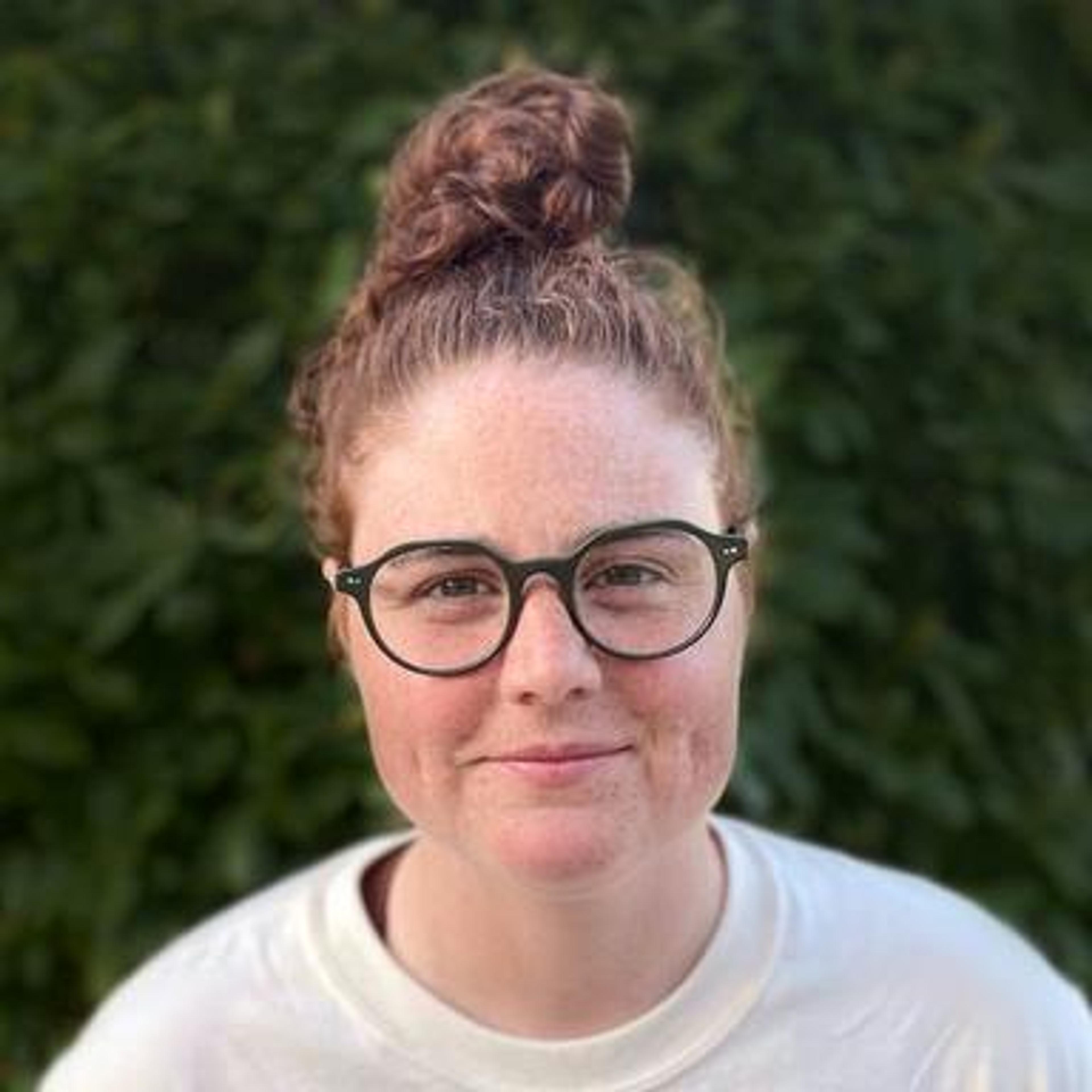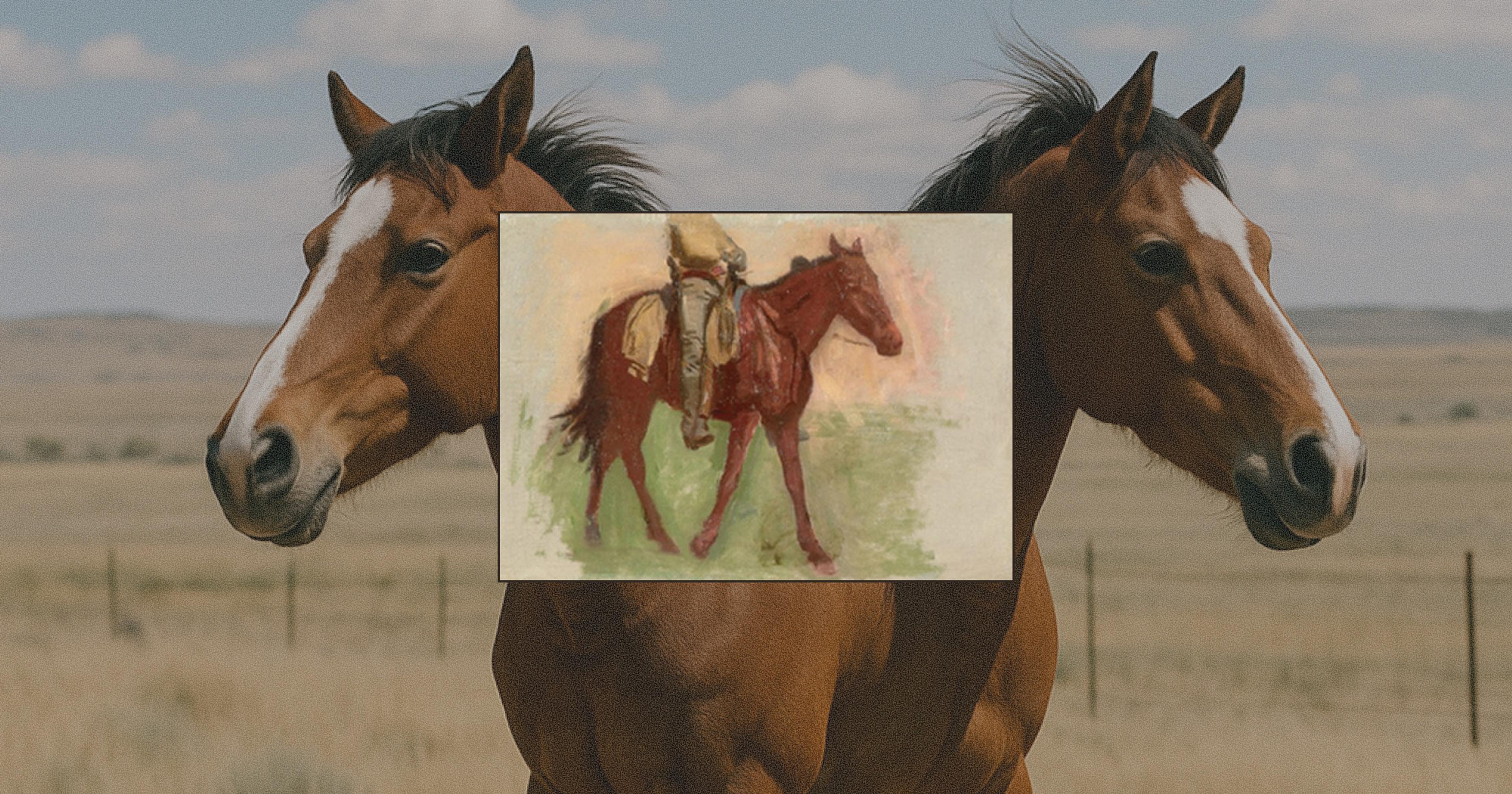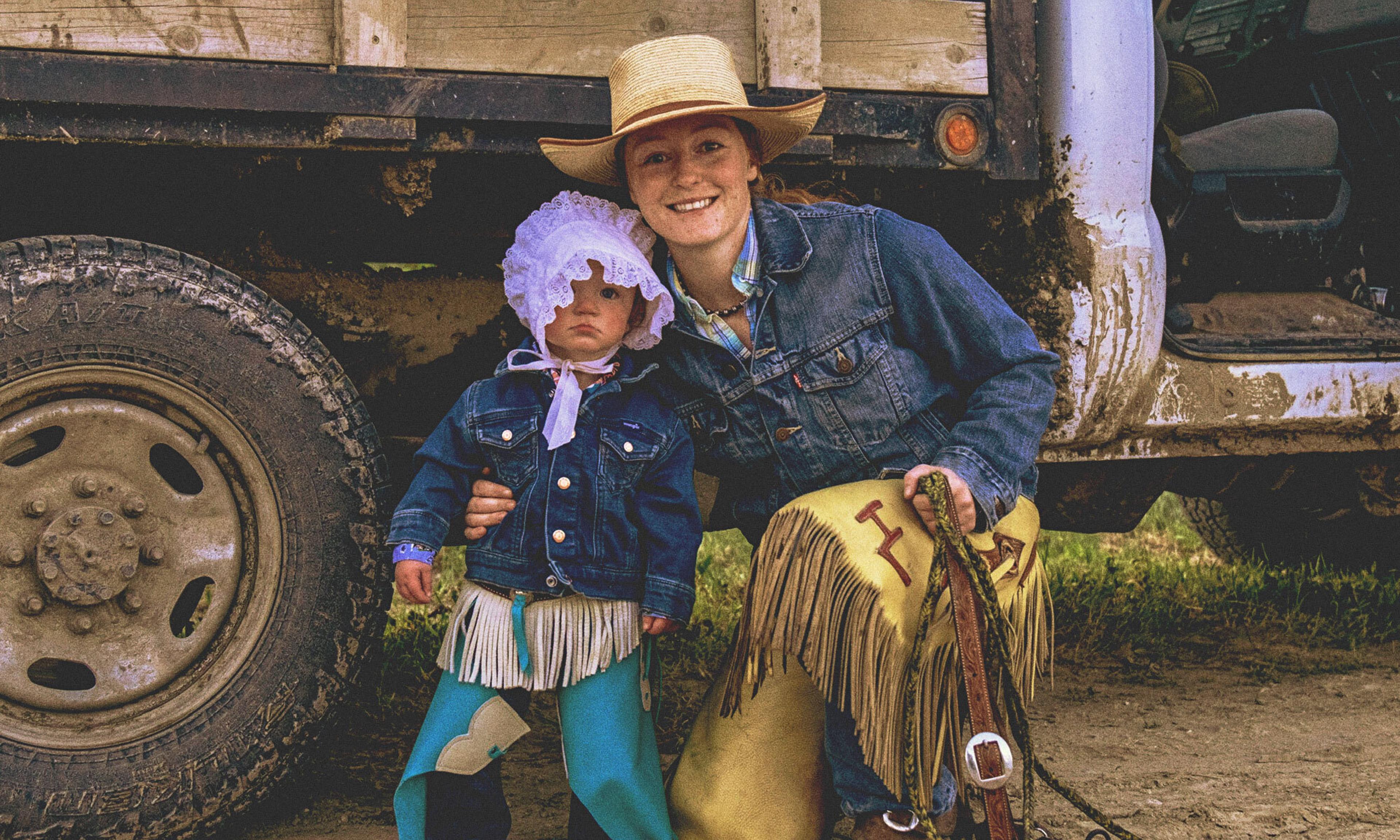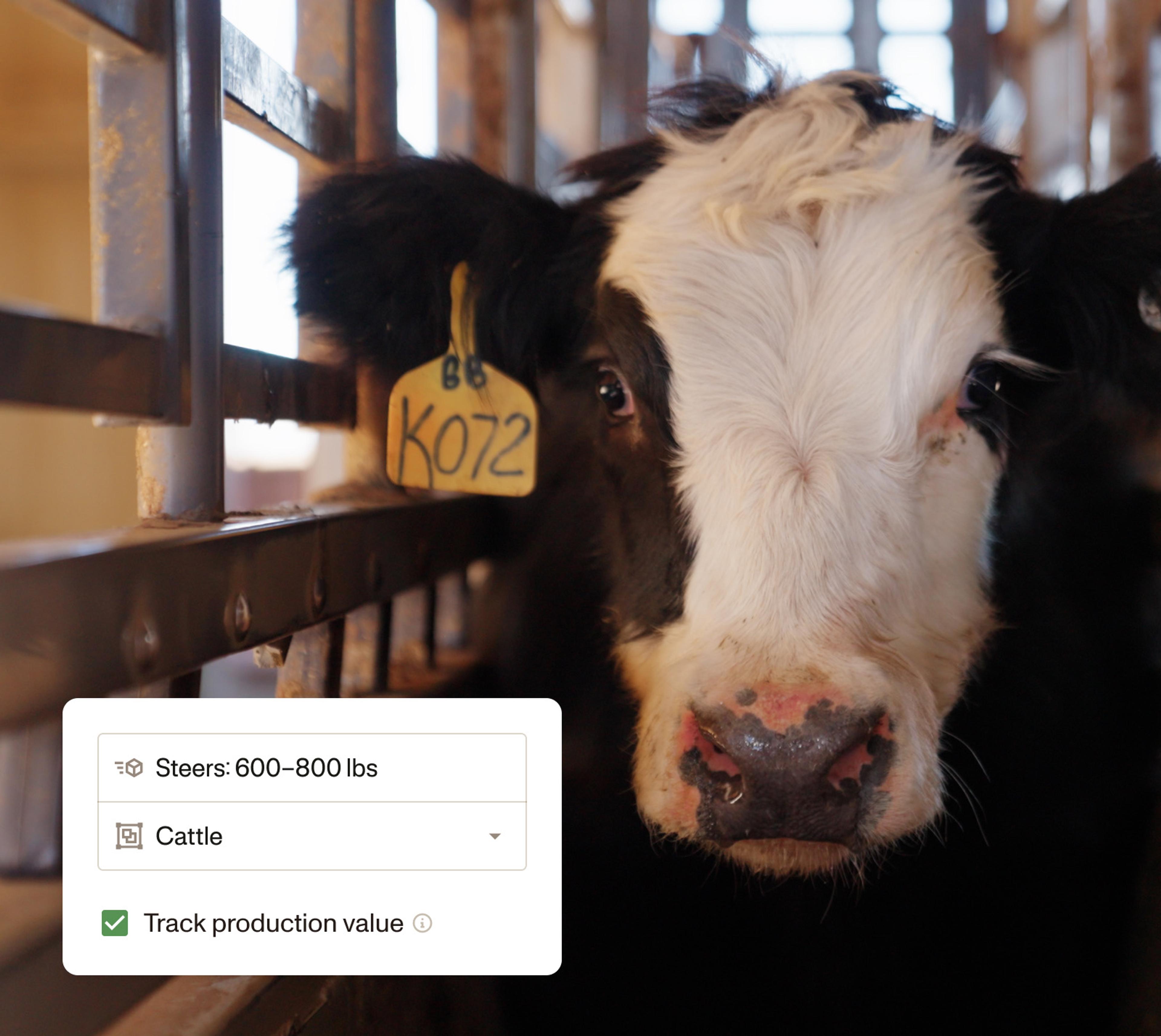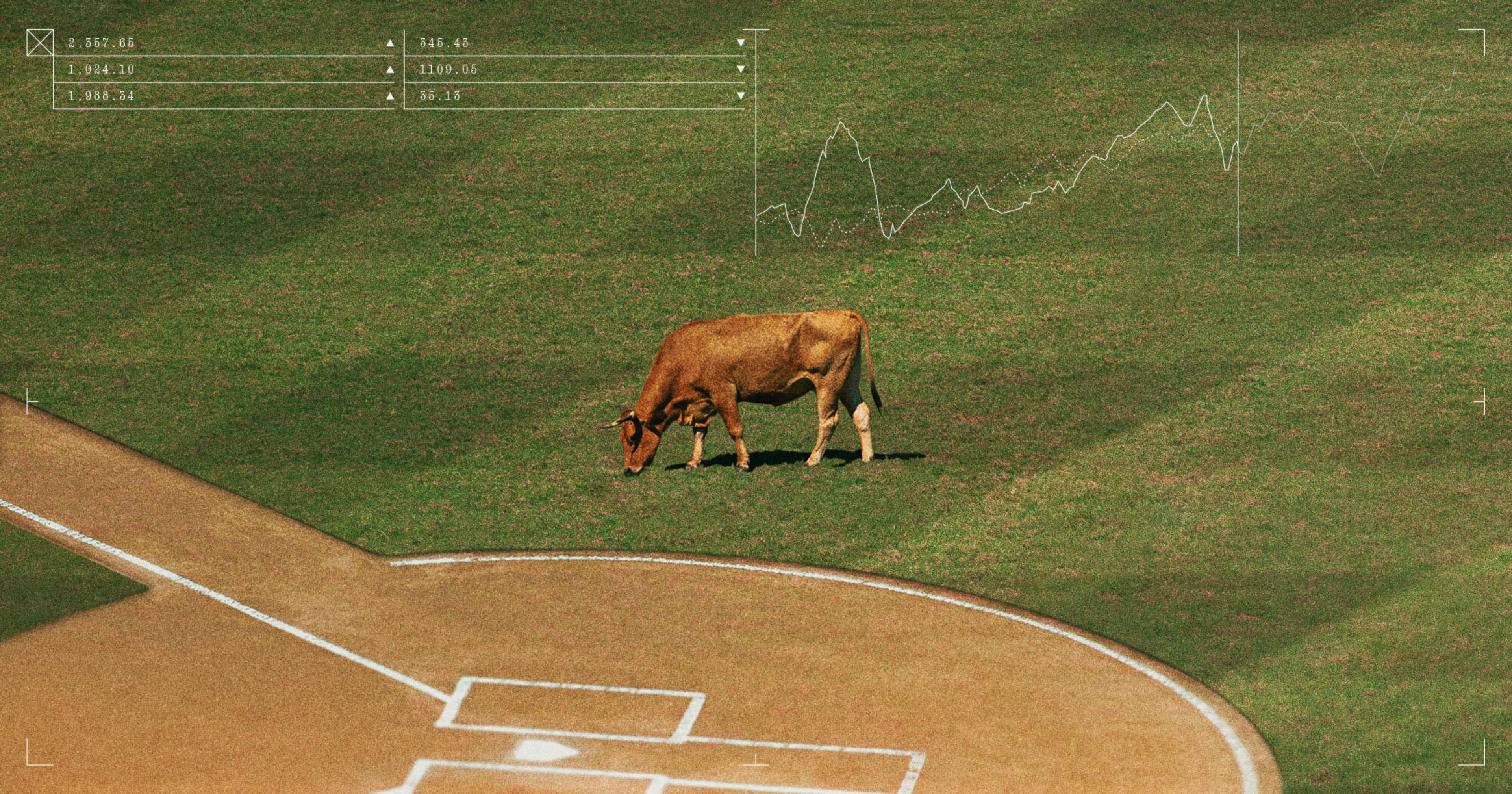Building Meta ads may not have the most glamorous reputation, but Ambrook’s creative director has found beauty in the process.
In college, my design professor scolded a classmate for taking a marketing course. I always imagined he felt he needed to prepare us for a lifelong battle where we were trained to uphold creativity and novel thought in opposition to the cold hard numbers people. So when in Spring of 2024, I was tasked with co-leading our paid ads strategy for Meta, I couldn’t help but worry I’d feel like the sellout my professor warned me about. But this was exactly why I’d joined Ambrook, to connect design more directly to business impact. Now, as Creative Director, I had the opportunity.
So with our product ready for general availability, it was time to start pumping out social media ads to build awareness. It had been years since I used Instagram or Facebook and I honestly wasn’t thrilled about designing for the feed because it’s temporal and filled with trash. When you create a poster or even a marketing website, there needs to be conviction in what you are making and launching. With social media, it’s there and then it’s gone. That made me unsure if quality mattered. But surely I could bring taste to social media advertising.
We started simple, following the same strategy the founders had used when they produced ads for our first product, a funding application tool. Back then, stock photos of stereotypical farming scenes had been effective.
For our first test, we used a mix of stock photography and our own film photography. Both produced a modest amount of leads.
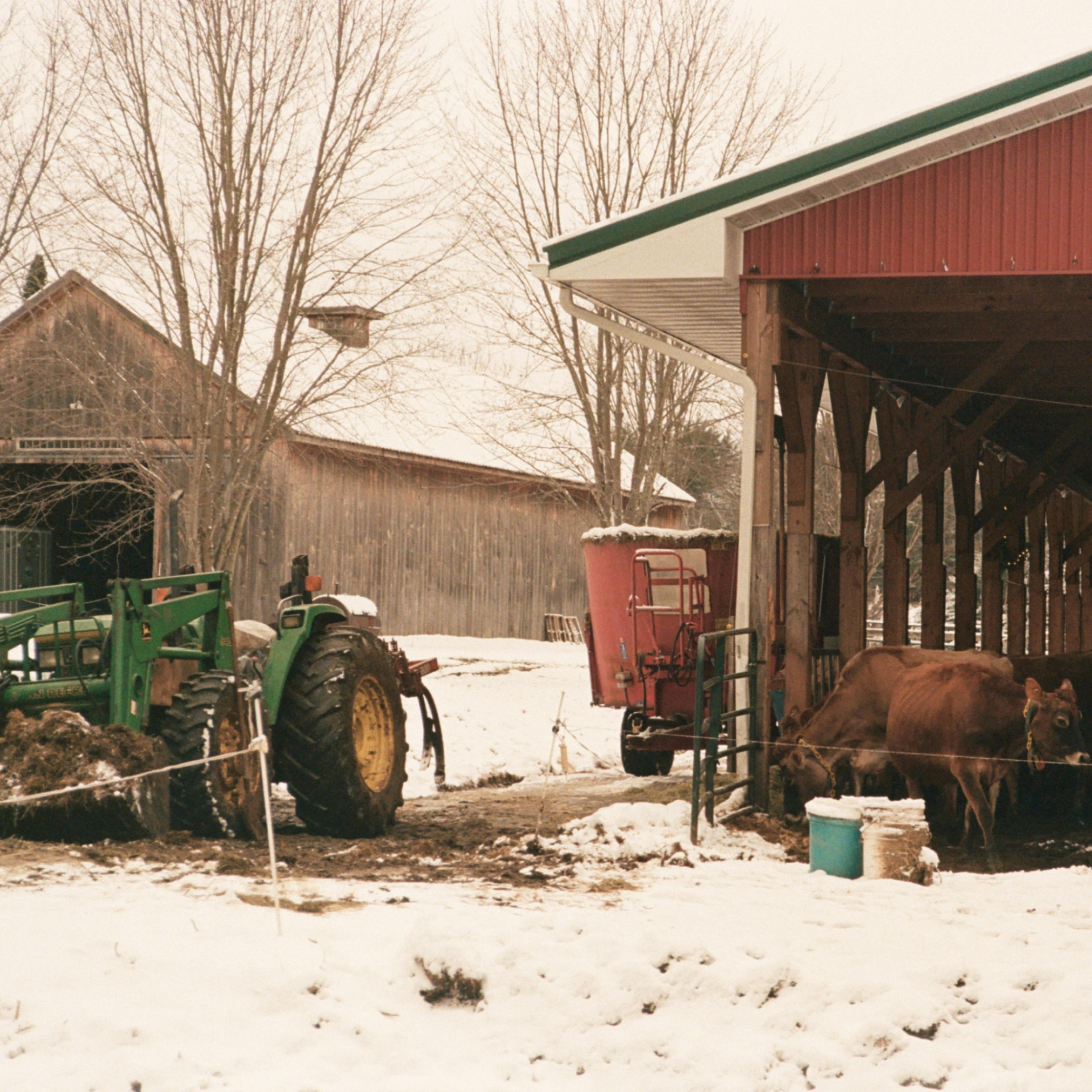
Now before we break down why or why not creative works, it’s important to acknowledge that Meta is a fickle siren. You put your creative into the black box and Meta determines its fate. This can mean the ideas you are bullish on may never get pumped out to the masses if Meta’s algorithm determines it’s “not winning creative”. Or creative that you deem ugly, silly, or lackluster gets major distribution. You can adjust the knobs and switches, but mostly you are at the whim of a mysterious binary code that somehow knows the human psyche and artistry. And out the other side you get copious data, like thumbstop rate and click-through rate, that you combine with instinct to figure out what is working.
In the case of our first photographic tests, I think they found success because people yearn to have their way of life represented. In short, it’s important to make it immediately clear who you are serving. For Ambrook, our target audience is the backbone of America: farmers, ranchers, and rural operators, a group that has often been overlooked by both modern software and design.
After a few rounds of photography, we decided to add additional elements to our photos.
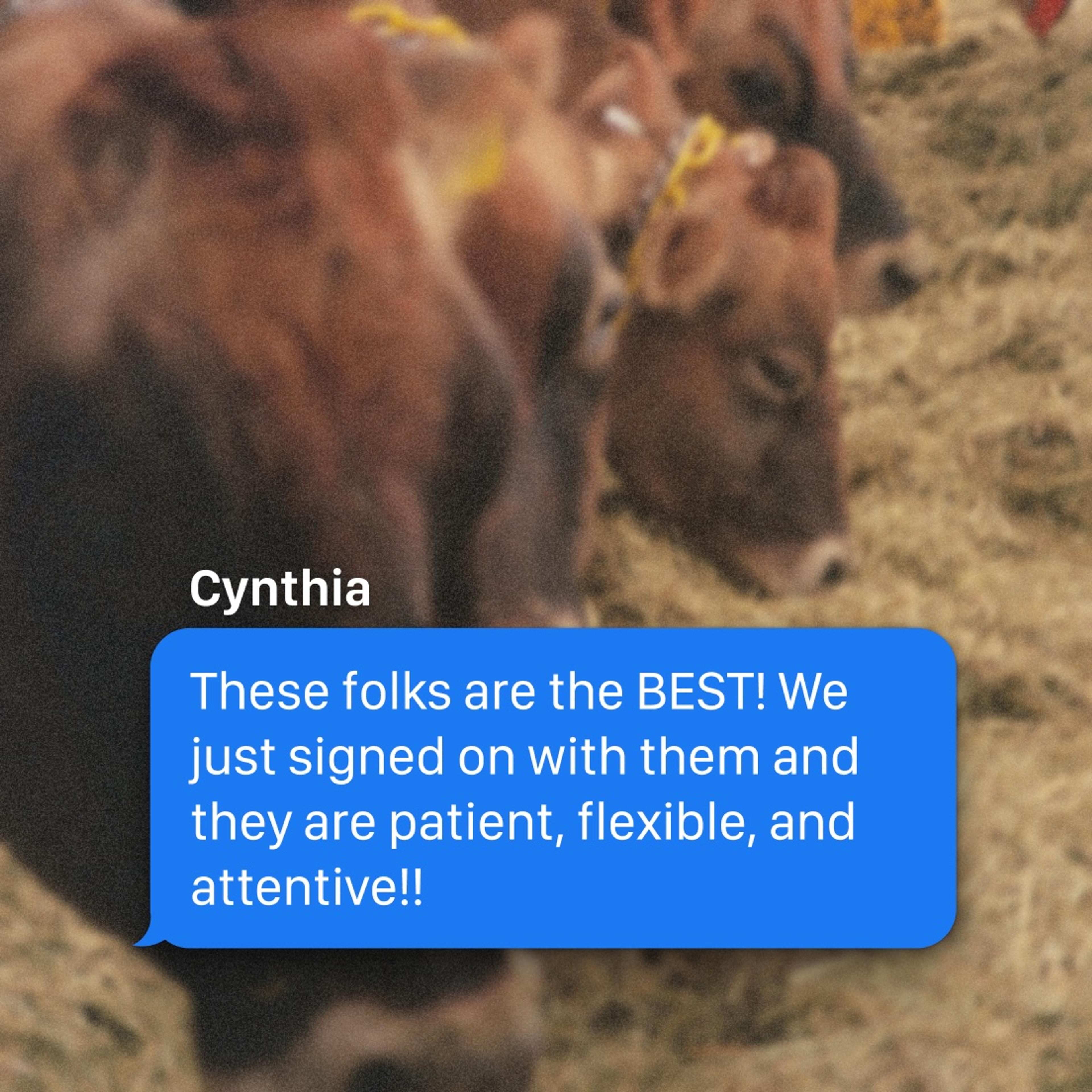
Our second test featured customer quotes in chat bubbles, overlaid on photography. The hypothesis was that customer credibility would improve the performance of agricultural imagery. The results: zero leads. There are a multitude of reasons to blame for this ad test floundering. Maybe the campaign was configured incorrectly. Maybe folks didn’t know what it was marketing. Maybe Meta thought the creative was poor. Homing in on the actual reason may be impossible, but I think a contributing factor was we hadn’t yet established a winning hook. No one really knew about Ambrook. Awareness needed to come first. Enter QuickBooks.
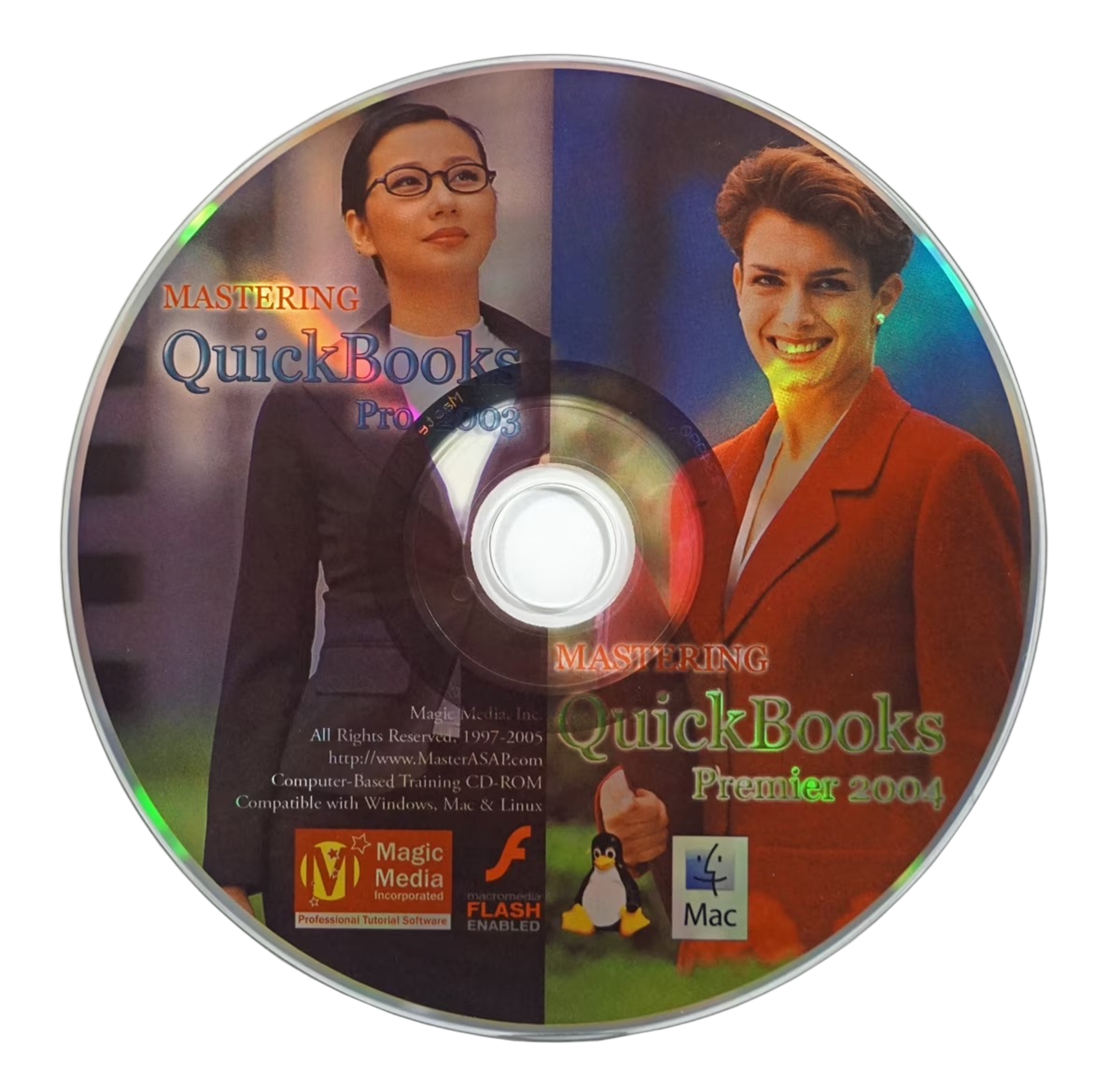
If you run a business in America, you know QuickBooks. For over 30 years, it’s dominated SMB accounting software. Older farmers adopted it when it was a simple desktop product you bought once and owned forever. Younger farmers either inherited it or chose it because it’s the default.
There are QuickBooks loyalists — we know because they comment on our ads — but many operators of complex, family-run businesses feel abandoned by today’s QuickBooks. That resentment became our cheat code for breaking through.
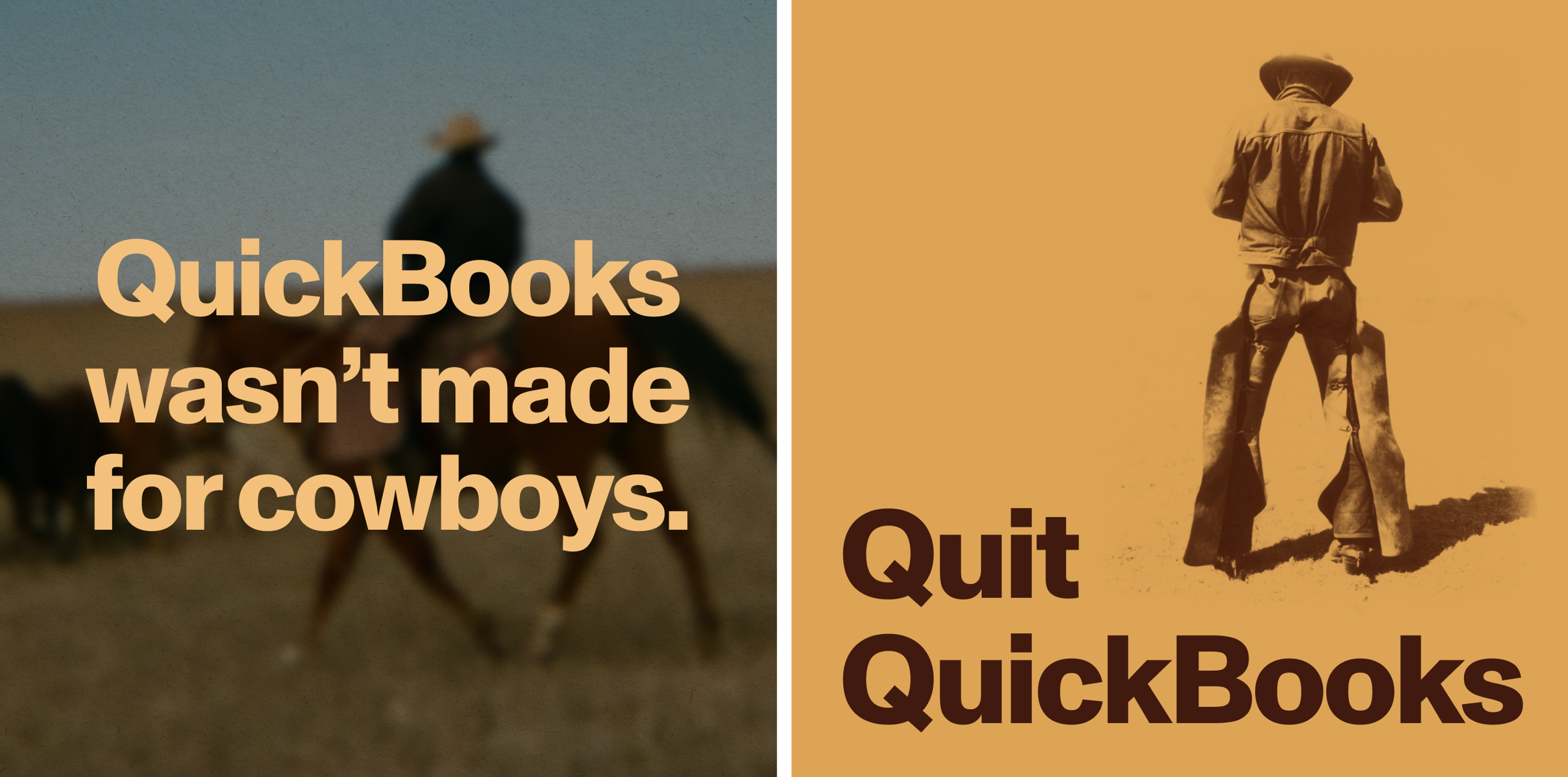
These two ads changed everything for us. By leading with identity over features, we were able to get to the core. The cowboy imagery made our target audience unmistakable. Each ad worked for a different strategic reason. “QuickBooks wasn’t made for cowboys” positioned farmers and ranchers as too specialized for generic software. And “Quit QuickBooks” served as a call to action that put control back in the operator’s hands. The message across both was simple: Another option exists.
Getting anyone to stop scrolling on social media long enough to read is hard. Getting them to remember your ad copy verbatim is rare. When we visited a ranch customer in Montana, he introduced us to a fellow operator by saying “These are the folks that run the ‘Quit QuickBooks’ ad.” And an influencer we later hired referenced “QuickBooks wasn’t made for cowboys” without being prompted.
An even more surprising outcome was that folks running non-ag businesses also loved the ads because they too felt frustrated with QuickBooks. That’s why in addition to farms and ranchers, we also have customers who operate in construction, trucking, and processing and even the main street mainstays, like salons and churches. When people think of family businesses, it’s easy to think the operations are small and simple. But what draws people to Ambrook is this understanding that your business is unique and you deserve to represent it how you see it.
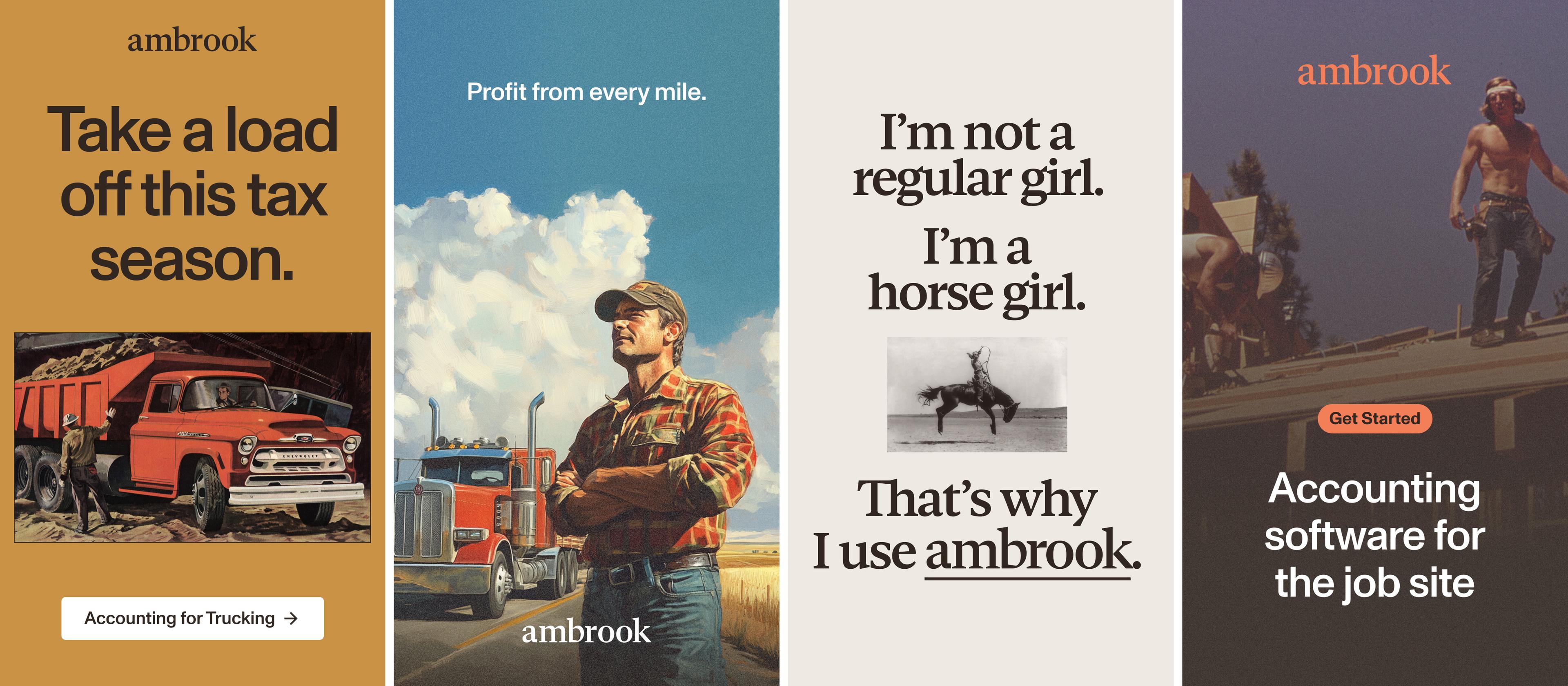
With a hook resonating, brand awareness building, and tax season approaching, it was time to go crazy with testing. The beauty of performance marketing is you can throw ideas at the wall fast and let the data decide. We tested everything: Targeting different ag segments — dairy, equine, ranching. Different demographics — young farmers inheriting operations versus older farmers planning succession. We targeted people frustrated by changes to their QuickBooks plan; created comparison charts; filmed demo videos; collected user-generated content; explained features; and showed before-and-after transformations. If we saw something working in the wild, we tested our version.
This period of rapid experimentation coincided with AI image generation, and a shift in my own creative philosophy. Before Ambrook, I’d been Creative Director at a design studio where every piece we produced lived neatly within the brand guidelines because we were creating it in a vacuum. Now in a world where ugly sometimes wins and rapid creative testing was paramount, I realized I had to abandon perfectionism to unlock potential.
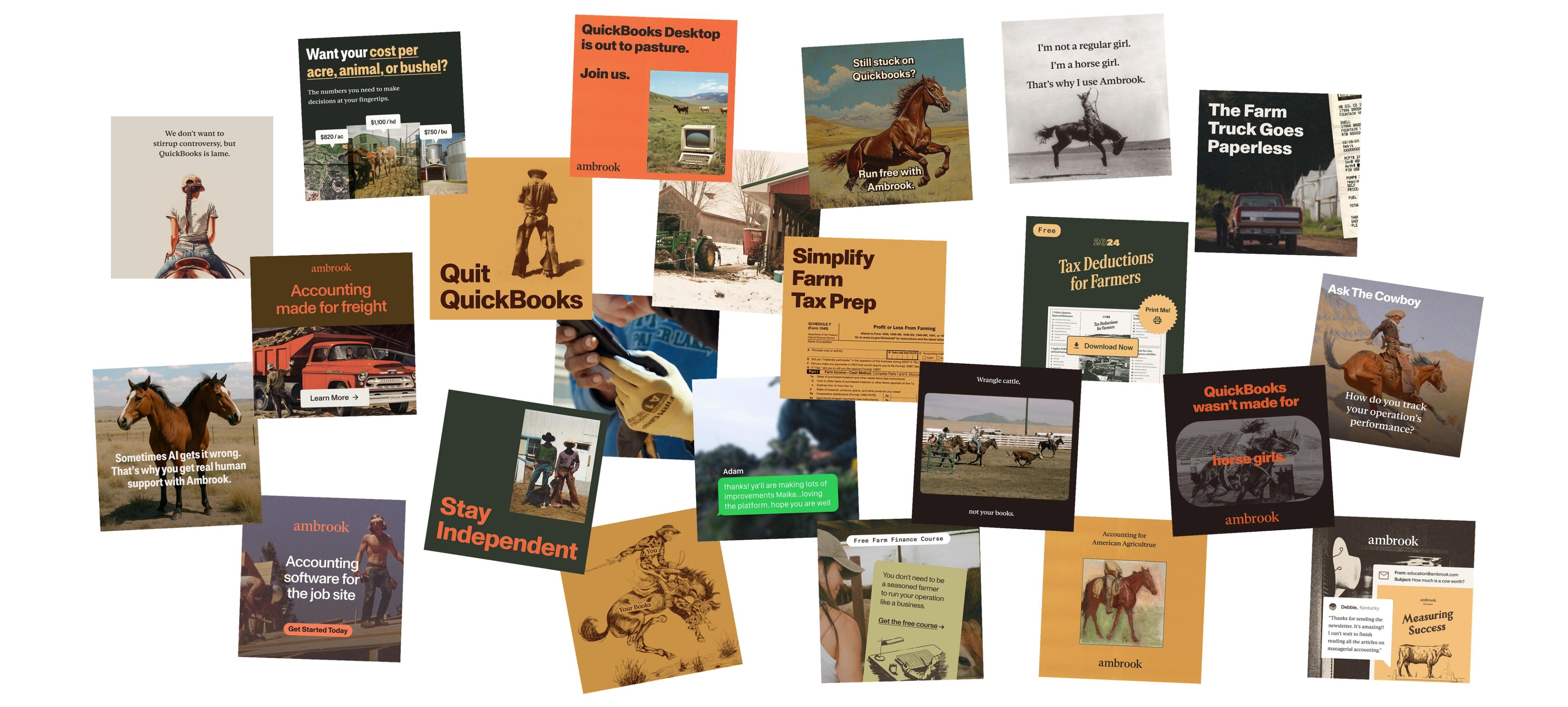
Counterintuitively, this loosening of creative control taught us more about our brand expression than any style guide ever could. When you’re forced to create 50 ad variations in a week, you quickly learn which messages resonate and which visual elements actually matter to your audience.
Counterintuitively, this loosening of creative control taught us more about our brand expression than any style guide ever could.
A popular early ad from this iteration period focused on how Ambrook helps operators wrangle paper records. At the time of creation, I was still wrestling with what role AI image generation would play in a brand that’s so heavily anchored on authenticity, so I staged my carpenter husband’s work van to look like a chaotic mess of papers. (Really I just staged what was already there.) It gained traction, so I began iterating on the concept using AI. I had previously dreamt of having an editorial-style photoshoot with a messy desk in a field and now, in a few keystrokes, I was able to make that concept real. This effort also started to codify my usage rules for AI at Ambrook: It fits into our brand when we use it for surrealist images.
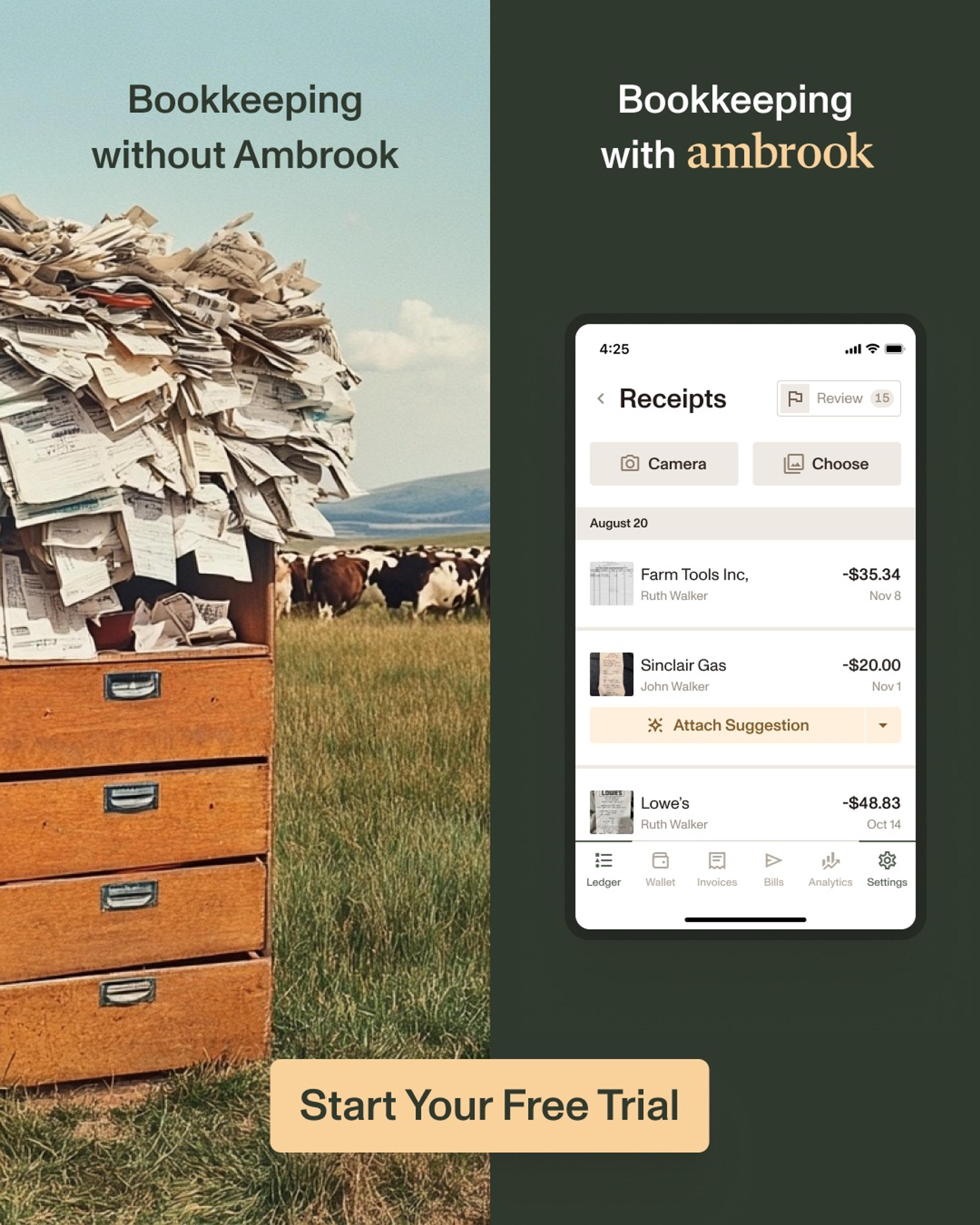
It wasn’t just image generation that was unlocking ideation. It was the number of new tools coming out to facilitate creative tasks that previously required dedicated experts and lots of time. We began using Descript to create videos with AI generated voiceovers. And Jitter helped us lightly animate static concepts we made in Figma.


And these weren’t just tools I employed. Anyone on our team who had an idea for an ad was encouraged to try to make it. This was empowering for folks like our Sales team, whose daily conversations inspire ideas. Instead of tossing them over the fence to me, they could try and produce them independently. Even our CEO Mackenzie joined in; she has some winners still live as of this being published. As the person responsible for how Ambrook presents itself in the world, I embraced the vibe of “try anything” and thrived on the rapid feedback loops we were able to achieve because the tooling allowed everyone to work at hyperspeed.
This effort also started to codify my usage rules for AI at Ambrook: It fits into our brand when we use it for surrealist images.
One quick turn ad, for example, originated from a comment a stoked customer left on another ad. We took his comment and within an hour had transformed it into a ridiculous AI mess — and it was cooking on Meta within a day.
Almost two years later I now have my hands less in the making of ads and more in the enablement and assessment. At Ambrook, we call this evolution derisk and delegate. Be resourceful and figure it out yourself and then empower and collaborate with others on the maintenance. By being in the trenches, I had a crash course in letting go of perfectionism in service of learning and keeping my pulse on the business outcomes to decide what to test next.
The biggest lesson? Don’t look down on any function in a company. Where would Ambrook be if I’d decided this work was beneath me? Where would we be without “QuickBooks wasn’t made for Cowboys”? Design is a vehicle for feeling, message, and impact. Without that purpose, it’s just art for art’s sake — which is fine, but I’m here to build a business. And that makes me a marketer too.
